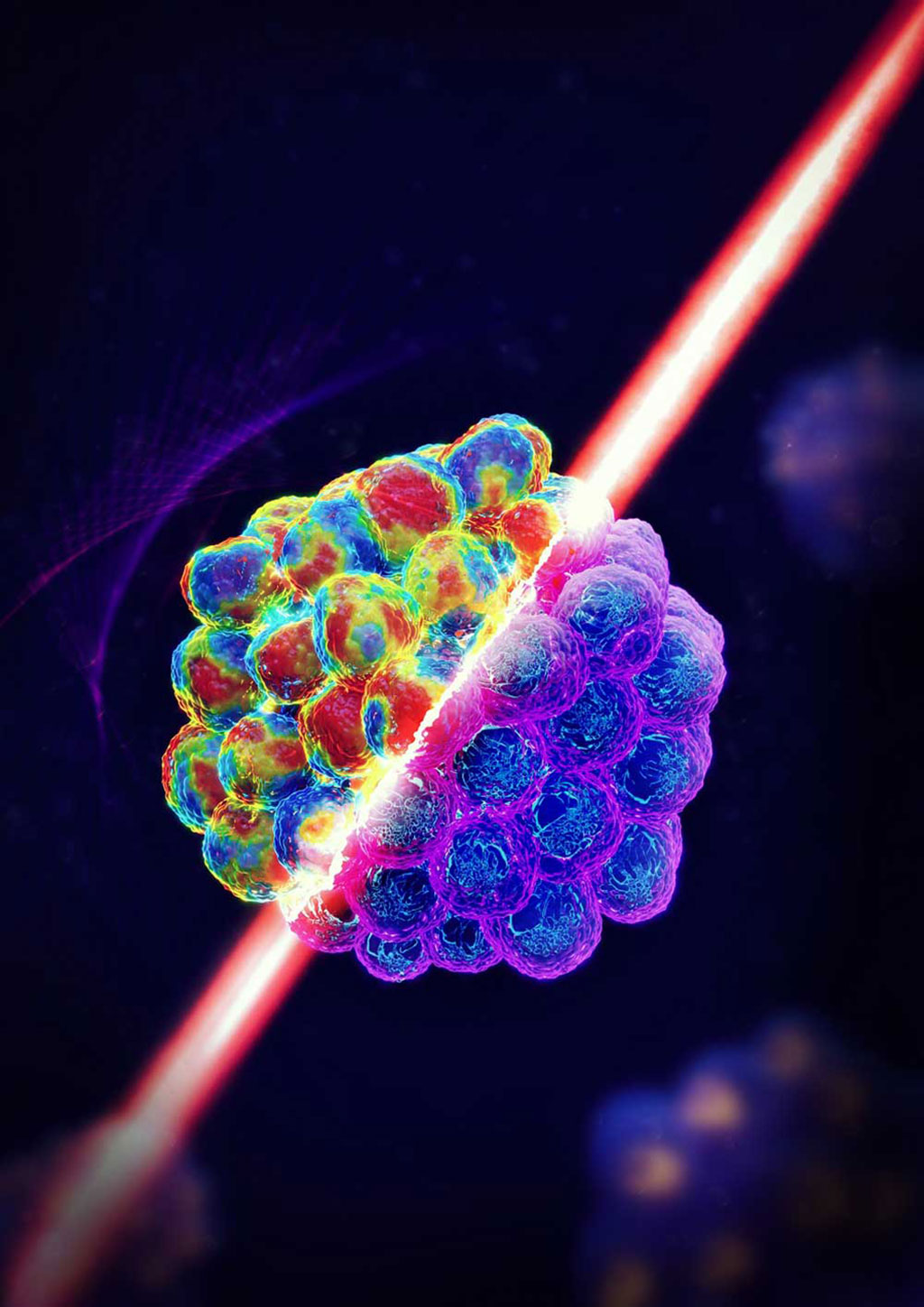Novel Microscopy Technique Comes Closer to Use in Clinical Diagnostics
Posted on 14 Mar 2023
Diagnostic imaging plays a crucial role in aiding physicians and researchers in understanding internal body structures, thus improving clinical analysis and medical intervention. Scientists continually explore new avenues to utilize imaging technologies to gain insight into human health. A pioneering imaging method called Brillouin microscopy enables the mapping of cell and tissue stiffness, often linked to early symptoms of ailments such as cancer and Alzheimer's. This method is distinct from conventional imaging modalities such as confocal fluorescence microscopy, as it allows label-free and non-contact acquisition of key mechanical information like viscosity and stiffness of biological specimens. Now, researchers are striving to refine Brillouin microscopy, which can answer many important questions in biophysics and mechanobiology.
Brillouin microscopy, an optical imaging method rooted in Brillouin light scattering (BLS), was first introduced by French physicist Léon Brillouin in 1922. When light interacts with a substance, thermal fluctuations or molecular vibrations within the material cause the light to scatter resulting in BLS. These vibrations can be influenced by various factors such as compression, water content, heat, or material stiffness. Among these factors, stiffness is incredibly valuable for the diagnostic application of Brillouin microscopy. Changes in cell stiffness, often linked to the progression of ailments like cancer metastasis, are challenging to measure since cells are microscopic and situated in very delicate tissues.

In conventional approaches, prepared cells are measured on a petri dish or other rigid substrates. However, Brillouin microscopy relies solely on a laser beam to investigate the mechanical properties, enabling measurement when cells are in their physiological conditions. As no physical interaction is required, Brillouin technology is less invasive and more convenient. The technology is important for understanding embryonic tissue development, particularly to gain a better understanding of birth-related diseases and disorders.
Researchers at Wayne State University (Detroit, MI, USA) examined the use of dual line-scanning Brillouin microscopy (dLSBM) to overcome two significant limitations - acquisition speed and irradiation doses - that hinder its widespread usage in biomedicine. The application of dLSBM yielded 50 to 100 times faster speeds than its counterpart, with a reduction of 80 times light irradiation levels for 2D and 3D mechanical mapping.
“With this innovation, we can acquire one mechanical image of cell clusters in a few minutes,” said Jitao Zhang, assistant professor of biomedical engineering (BME) at Wayne State University. “This improved acquisition speed is important because it allows us to investigate details of cell behaviors in almost real time.”
“Due to the 3D structure of an embryo, traditional contact-based techniques encounter big challenges for in vivo measurement,” added Zhang. “Since Brillouin microscopy works in a non-contact manner, it sometimes becomes the only available choice.”
Related Links:
Wayne State University














